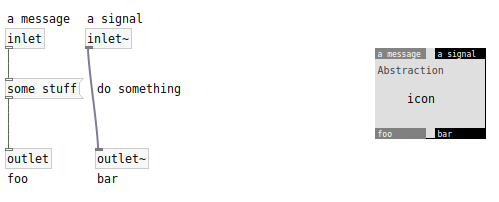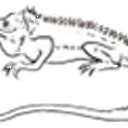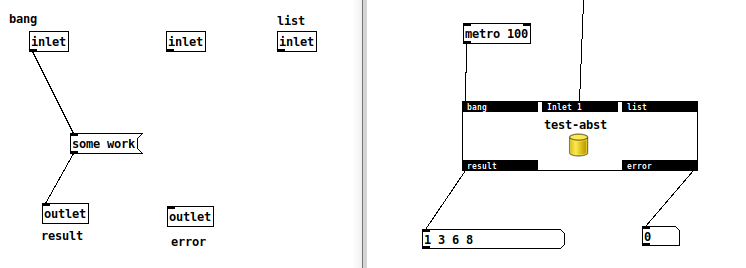@FFW donecanvas.txt
You can use [donecanvasdialog( to change the gop properties. When you right-click on a patch and choose Properties, all of that stuff is contained in the [donecanvasdialog( message. The format is this:
[donecanvasdialog <x-units> <y-units> <gop> <x-from> <y-from> <x-to> <y-to> <x-size> <y-size> <x-margin> <y-margin>(
The <gop> argument is 0 = gop off; 1 = gop on, show arguments; and 2 = gop on, hide arguments.
You can [send] the message to the abstraction just like you would with dynamic patching. If it's an abstraction, I'd recommend using [namecanvas] so you can give it a unique $0 name. Also, you should immediately follow it with a [dirty 0( message, otherwise you'll get some annoying "do you want to save" dialogs popping up:
[donecanvasdialog <args>, dirty 0( [namecanvas $0-myabs]
|
[send $0-myabs]
VVVVVVVVVVVVVVVVVVVVVVVVVVVVVVVVVVVV
AND [coords( can be more easily used than donecanvasdialog for graphs.
https://puredata.info/docs/developer/PdFileFormat
But you will still need to place the guis that you want to show through the gop window within its range.
I can't see how that could be automated...... but most things are possible in Pd one way or another.
Maybe using [find( [findagain( messages to the abstraction followed by an edit+move, but then the parent would need to know the names of the guis required.
The Python parse method might work better for that?
David.





